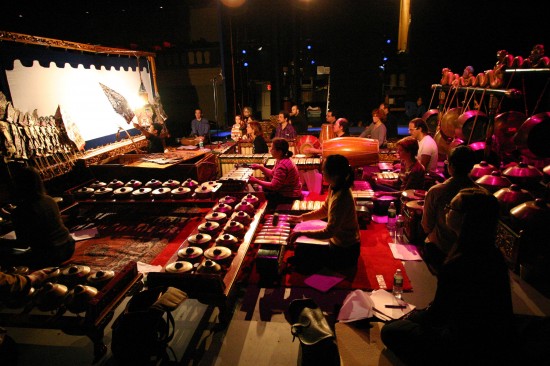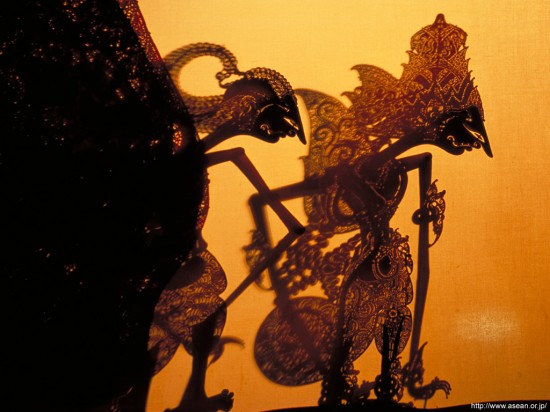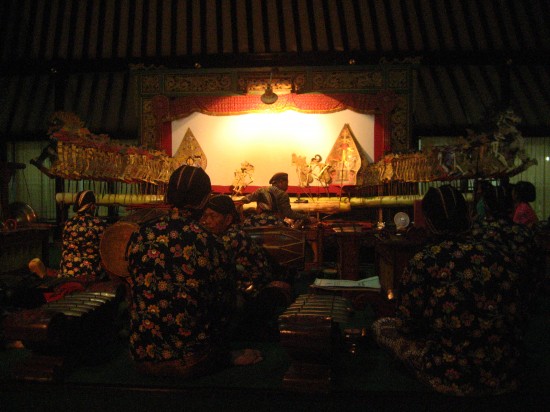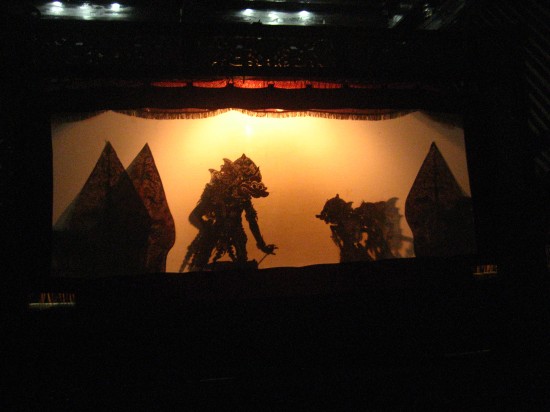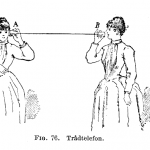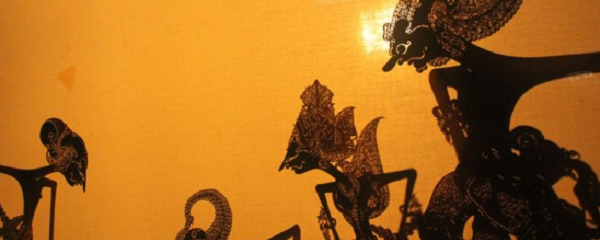
Javanese Shadow Puppets
Art, CultureIt is easy to be seduced by the mesmerizing Javanese art and culture when visiting the town of Yogyakarta in Java, Indonesia. This town is known for its incredible collection of batiks, poetry, music and dramatic performances – and if you are lucky enough to attend a Javanese shadow puppet show, you will get a taste of all of the above in one shot.
A shadow puppet show, or Wayang, as it’s called in local tongue, is one of the highlights of Javanese culture. Today, locals (and also tourists) attend these evening performances as a source of entertainment, but they originally served as catalysts in spreading the word about religious virtues and cultural messages.
It is a traditional and old technique of puppetry entertainment. Other countries have modernized the art of puppetry by creating human looking dolls with rods attached to their arms for making gestures and and moving mouth mechanism too. Everything is becoming more modernized these days, especially through the internet. For example, we can shop online, play Party poker or book a holiday without even going out of our house. But it is also fun to go out for the night and experience the real entertainment up close and personal.
For the most part, the Wayang tells the story of the two Hindu-Javanese epics – the Ramayana and the Mahabharata. Both stories are incredibly long-winded in nature (hence the term, “epic”) which is why only one or two scenes from a single epic can be told during a modern-day performance. Some scenes are more interesting than others since they involve numerous characters (which is always more exciting to watch), whereas other performances consist of nothing more than dialogue between the same two characters for over an hour (this gets tedious, especially if you don’t speak the local language!). Originally, the Wayang lasted all night and audience members were permitted to talk amongst themselves, walk around and return only for the infamous “fight scene” or “love scene” in the story.
Aside from the beautiful sounds of exotic instruments including a two-stringed lute, gongs, bells and drums, the true magic behind the show lies in the shadow puppets’ painstaking craftsmanship.
The process begins with the hide of a young female buffalo that is dried, scraped and cured for up to ten years to achieve the desired stiffness and durability of the leather. The process of creating the character’s outline is very tedious since each character has a plethora of symbolism carved into it’s appearance. The bend in one’s neck, the length of one’s arms, the slant of the eyes, and the girth of one’s torso is highly important – these subtle characteristics become the identifiable iconography behind specific characters.
Once the puppet’s silhouette has been traced and cut out of the leather, the decoration process begins. Pins and nails are used to perforate the puppet for added visual interest. Since the puppets are back lit during the performance, the artisan relies on these special details to add dimension and adornment to characters.
The puppets are still painted with traditional pigments including indigo, burnt ochre, rust, lampblack and powdered burnt bone for display (and artful) purposes, even though the puppet is exclusively seen behind the large white sheet of the puppeteer’s stage (rendering all painted decoration useless to the audience).
Notice how all the puppets are shown in profile? This helps give puppeteers the option to simulate conversation between two characters since the profiles can be flipped to point in either direction (to appear as if two characters are speaking face-to-face). This unique characteristic is common in other cultural forms of depiction, especially Egyptian art. Notice how rare it is to find an Egyptian character facing the viewer head on? The founding artists found it easier to create a clearer narrative if a character was facing in a specific direction (either “entering” or “exiting” the stage) – I guess the Egyptians can relate.
Some high-end shadow puppets have seriously elaborate detailing in the form of metal studs, gold leaf, bone, bamboo and in rare cases, diamonds too. These puppets are more so used as displayed works of art rather than active shadow puppets and typically belong to important members of society.
The puppet-making process is truly intriguing to watch. There is something so romantically antiquated about observing a trained artisan bang on a buffalo hide with a metal mallet on an old workbench. Luckily, the local artisans and puppeteers take a great amount of pride in producing these gorgeous works of art – the assembly lines have not yet taken over – and are happy to take you on a tour of their humble studio facilities in exchange for a modest tip.





